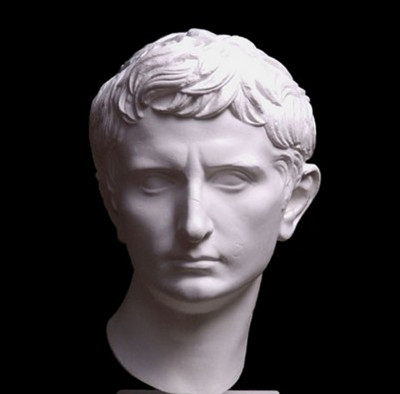His bronze, over life-sized head gives a brutally clear message: I am great; I am your leader and I stand far above everyday politics. And yet, ironically, we have this commanding head here at the Museum only because it was captured by an enemy and then humiliatingly buried. The glory of Augustus is not quite as unalloyed as he wanted us to believe.












